First Considerations When Buying a Motorcycle Helmet in the Philippines
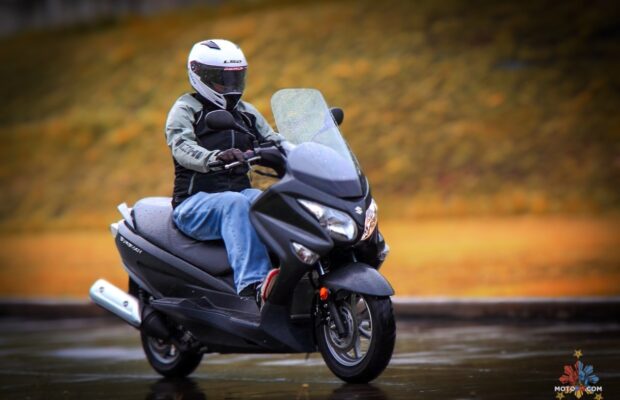
A motorcycle helmet is more than just an accessory; it is a legal requirement for all motorcycle riders in the Philippines, mandated by Republic Act No. 10054, also known as the “Motorcycle Helmet Act of 2009.” Ensuring compliance with this law and selecting a helmet that offers maximum protection and comfort is essential for every rider. In this article, we will explore the key factors to consider when buying a motorcycle helmet in the Philippines to make a safe and informed decision.
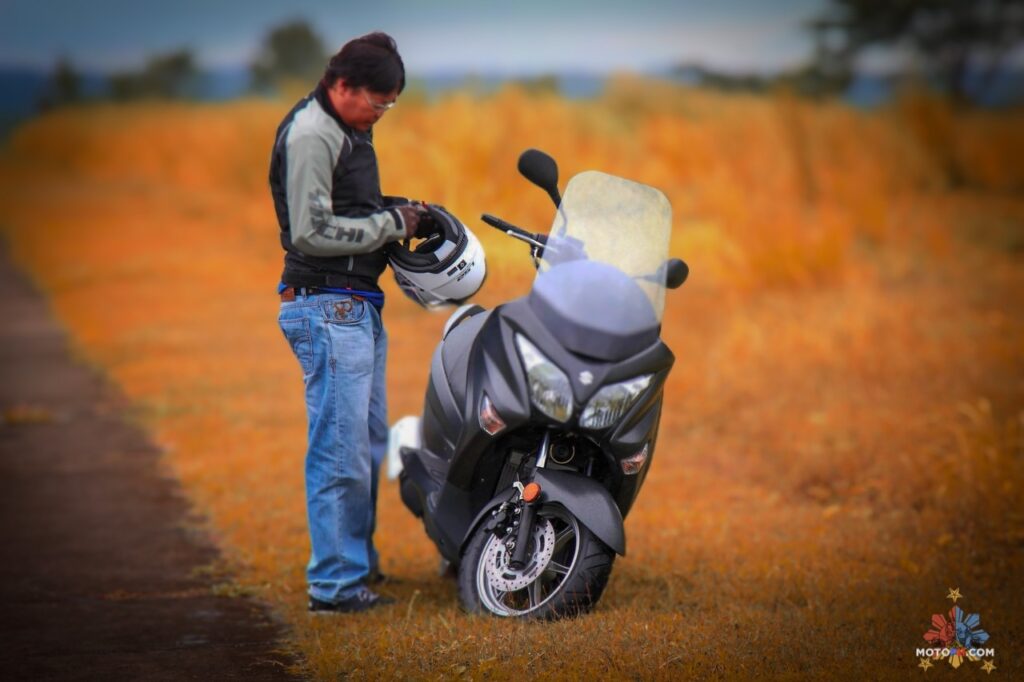
Safety Standards
The first and foremost consideration when purchasing a motorcycle helmet is its compliance with safety standards. The Department of Trade and Industry (DTI) sets the safety specifications for helmets in the Philippines. Look for helmets that bear the Philippine Standard (PS) mark, indicating that they meet the required safety standards. Additionally, consider helmets with international safety certifications like DOT (Department of Transportation), ECE (Economic Commission for Europe), or Snell (Snell Memorial Foundation) for enhanced protection.
Fit and Comfort
A well-fitting helmet is crucial for optimal protection and comfort during rides. Try on helmets of different brands and sizes to find one that fits snugly without being too tight or loose. The helmet should sit level on your head, covering your forehead and not obstructing your vision. Ensure the cheek pads and retention system provide a secure and comfortable fit. Keep in mind that helmets may come in various shapes, so try multiple models to find the one that matches your head shape best.
Helmet Type
Motorcycle helmets are available in various types, each designed for specific riding styles and needs. The most common types are full-face, modular (flip-up), open-face (3/4), and half helmets. Full-face helmets offer the most coverage and protection by covering the entire face. Modular helmets provide convenience with a flip-up front for easier communication without sacrificing full-face protection. Open-face helmets cover the head and sides but leave the face exposed, while half helmets offer minimal protection but more ventilation and freedom. Choose the type that aligns with your riding style and safety requirements.
Helmet Material
The materials used in helmet construction significantly impact its safety and weight. Modern helmets are typically made from lightweight yet durable materials such as polycarbonate, fiberglass composite, or carbon fiber. Carbon fiber helmets are the lightest and strongest, but they tend to be more expensive. Consider your budget and select a helmet made from quality materials to ensure optimal safety and comfort.
Ventilation
Proper ventilation is crucial for a comfortable riding experience, especially in hot weather conditions. Look for helmets with sufficient vents that allow airflow to circulate inside the helmet, keeping your head cool and preventing visor fogging. Some helmets come with adjustable vents, enabling you to control the airflow according to your preferences.
Visor and Shield
A clear, scratch-resistant visor is essential for maintaining good visibility on the road. Opt for helmets with easy-to-operate visor mechanisms, and consider purchasing additional visors for varying lighting conditions. Some helmets even come with built-in sun visors or shields to provide protection against sunlight, eliminating the need for sunglasses.
Conclusion
Adhering to the Motorcycle Helmet Act of 2009 is not just a legal obligation, but it is a critical step in ensuring your safety on the road. When purchasing a motorcycle helmet in the Philippines, prioritize helmets that meet safety standards set by the DTI and bear the PS mark. Consider factors like fit, comfort, type, materials, ventilation, and visor options to find a helmet that suits your riding style and provides the best protection. Always prioritize safety and ride responsibly.
“Helmet Exceptions: The law provides exemptions for certain individuals in specific situations, such as religious reasons (wearing a turban) and medical conditions.”




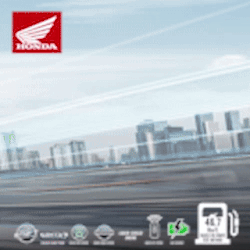
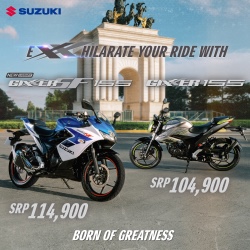
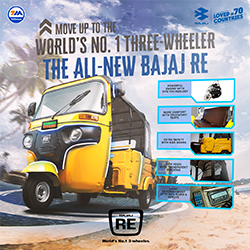

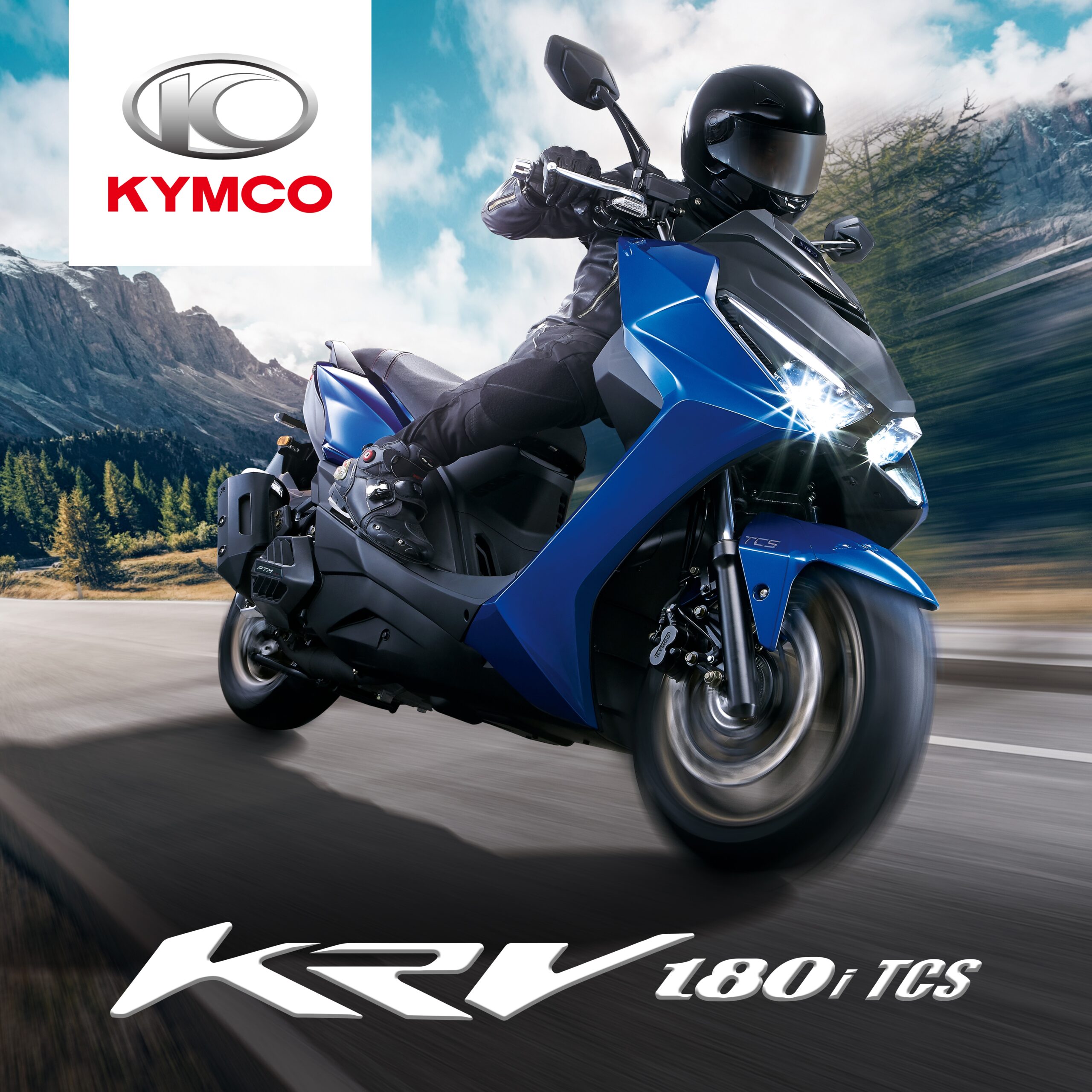



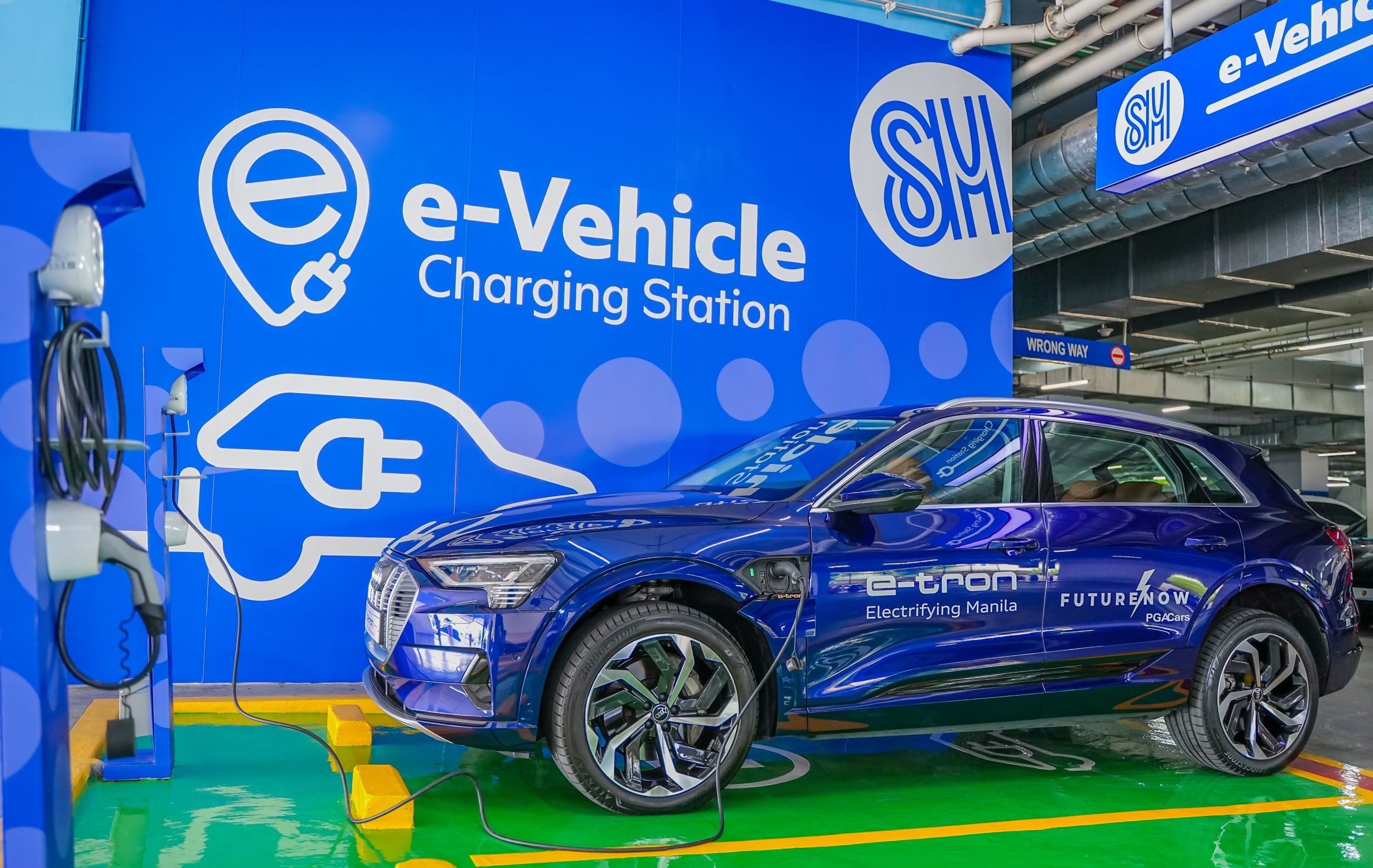



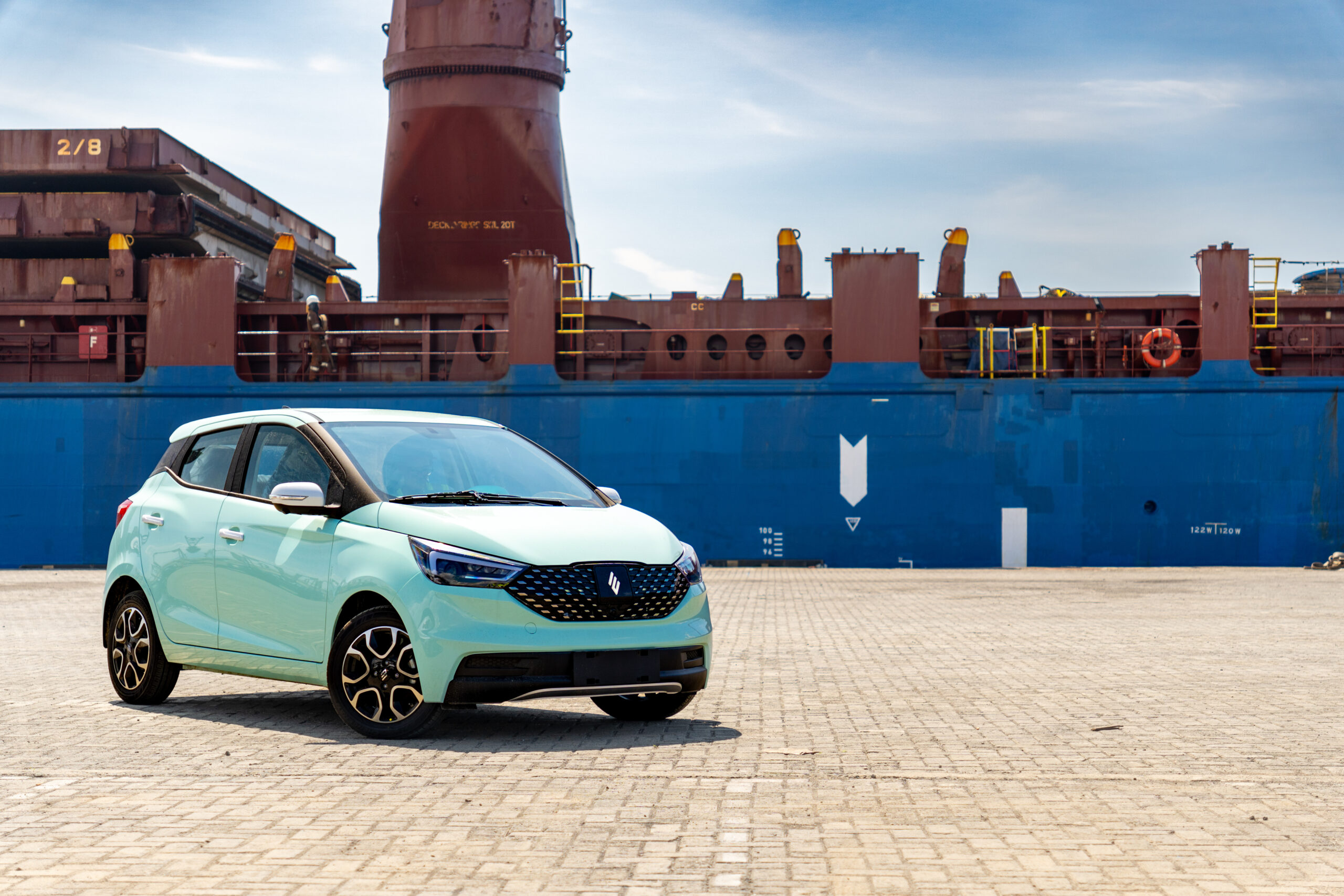






0 comments